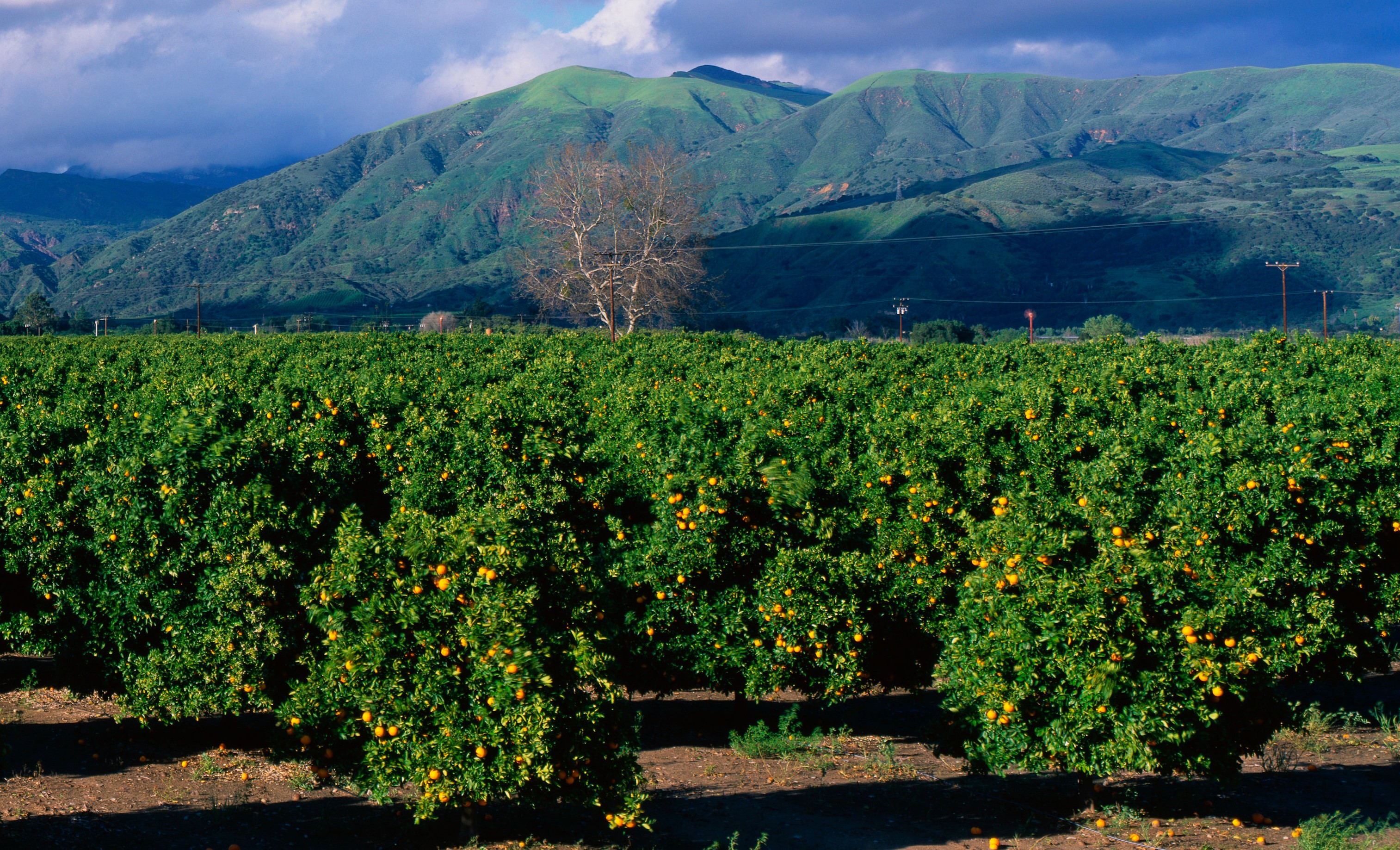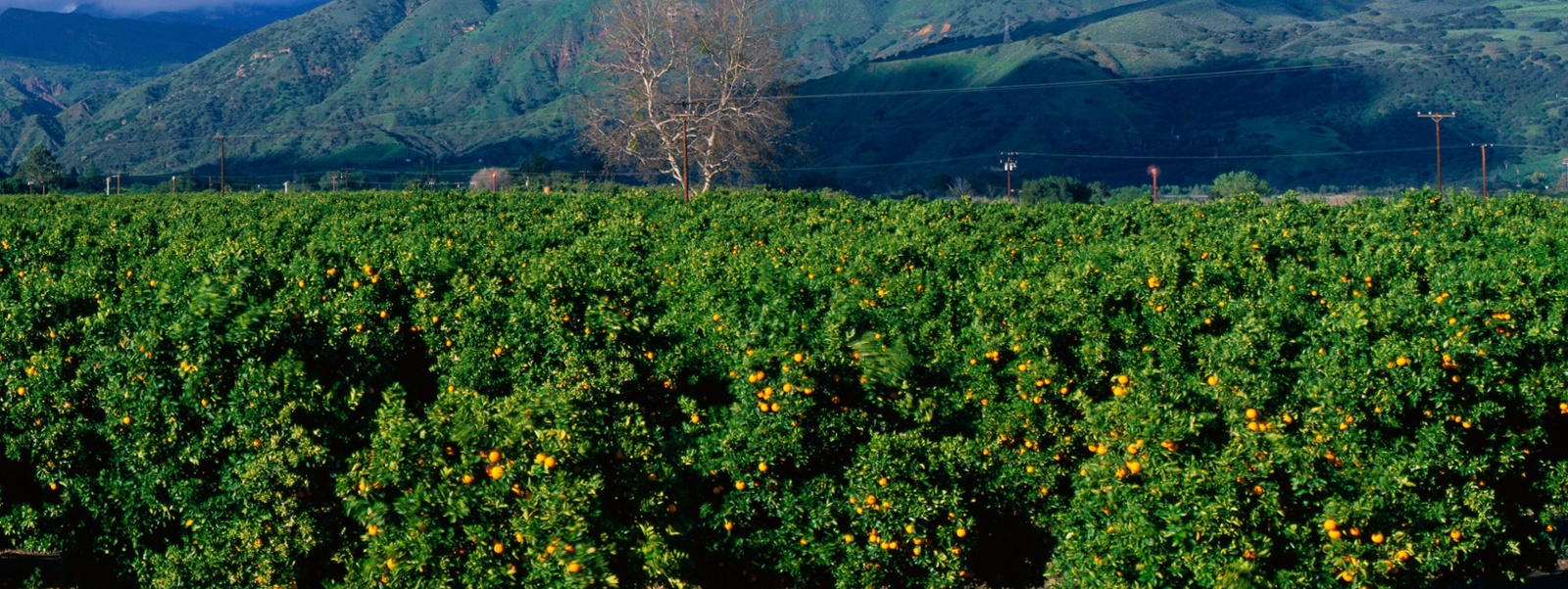Commentary: Crop insurance critical for risky business of farming

Specialty crop growers are calling for a new farm bill that expands federal crop insurance to cover more fruits, vegetables and nuts so that they are protected from crop losses.


By Daniel Munch
Farming and ranching are not for the faint of heart. Taking on a substantial amount of risk is part of the business. The year starts with a farmer making extensive investments by purchasing inputs such as seed, fertilizer, equipment and its maintenance, fuel, crop protectants and pest control, which can easily total hundreds of thousands of dollars. That’s just to get a crop in the ground.
Those investments can be wiped out suddenly with a single destructive weather event, pest infestation or disease that causes a crop loss or decline in revenue. After successfully navigating Mother Nature, farmers who harvest a crop still face massive risk as price-takers in commodity markets with significant price volatility by the time that crop is ready to be sold.
Given historically slim—and often negative—profit margins, farmers are often reliant on lines of credit borrowed from financial institutions at the cost of interest. When all or nearly all of a crop is lost, farmers—who don’t have significant cash reserves to begin with—risk defaulting on their loans and losing their farm. Without some form of risk management protection in place, the liability of farming becomes impossible to maintain.
Crop insurance through the Federal Crop Insurance Program, which operates as a public-private partnership, is not merely a safety net. It is a lifeline for farm businesses, the rural communities they support and the food supply.
According to the 2024 Feeding the Economy report, U.S. food and agricultural sectors directly support nearly 24 million jobs and account for $9.6 trillion in economic activity, or 20% of total U.S. economic output. In February, the Congressional Budget Office projected that crop insurance expenses from 2024 to 2034 would total $124 billion, accounting for approximately one-tenth of 1% of total projected federal spending.
Based on calculations from the U.S. Department of Agriculture Risk Management Agency, crop insurance has cost each American on average about $2.18 per month since 2008.
Crop insurance cannot be offered by the private sector alone due to correlated risk. If I get into a car accident, it doesn’t impact my neighbor’s likelihood of getting into a car accident. However, if there is a severe drought in the West or Midwest, for example, all the farmers in the region will be impacted. This would make crop insurance products financially unattainable for farmers without government support.
Even at the highest levels of crop insurance coverage, individual crop insurance plans pay a maximum of 85% of the expected value of the crop. This means 15% of the liability of a farmer’s crop is lost as a deductible, which can equal tens of thousands of dollars even for the most expensive policy. For most farmers, selected coverage levels are closer to the 70% range, meaning farmers must experience a 30% decline in actual revenue before crop insurance comes into play.
Some farmers will purchase additional supplemental and enhanced coverage options. But critics often define crop insurance by what it doesn’t cover. There are gaps that leave producers of certain crops and in certain regions with few-to-no risk management options. Specialty crops, for example, often face higher levels of risk than crops grown at substantially higher volumes. Increased sensitivity to weather, pests and diseases, increased reliance on labor, and more uncertainty in price and the ability to find buyers all increase risks.
Significant advances have been made in providing more coverage for fruit, vegetable and nut growers. The top specialty crops covered in these policies include almonds, grapes, apples, potatoes, citrus and tomatoes.
Crop insurance stands as a cornerstone of agriculture’s resilience, providing a vital safety net for nearly 370,000 farmers amid weather, pests and market fluctuations. Despite its critical value to farmers and ranchers, it faces significant criticism. The reality is that crop insurance is an actuarially sound government program that represents a small fraction of federal spending.
It is a public-private partnership that works to secure the nation’s food supply and support farmer sustainability in a way that is not entirely dependent on taxpayer funding but instead spreads the risk of the program among farmers, private-sector crop insurance companies and taxpayers.
While acknowledging there are gaps in coverage, particularly for specialty crop growers, it’s essential to recognize the strides made in expanding coverage options and addressing these shortcomings through the farm bill and beyond.
As the U.S. navigates an increasingly uncertain future, improving and enhancing crop insurance through passage of a new five-year farm bill is essential for safeguarding the livelihoods of farmers, the stability of rural economies and the reliability of our food system.
(Daniel Munch is an economist for the American Farm Bureau Federation. This article is adapted from his Market Intel report, “Crop Insurance Provides a Critical ROI for Taxpayers,” which appears online at www.fb.org/market-intel.)




